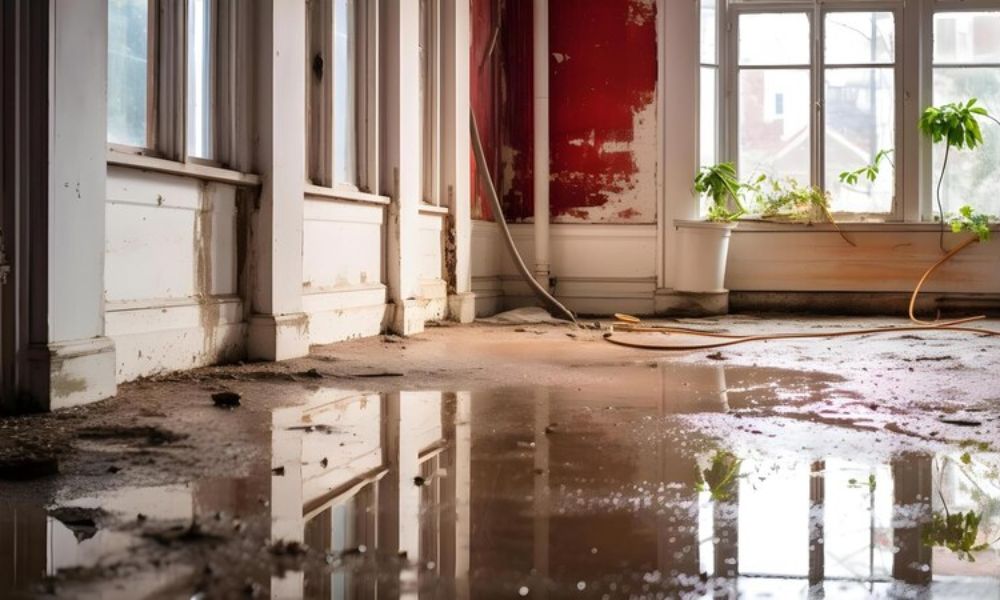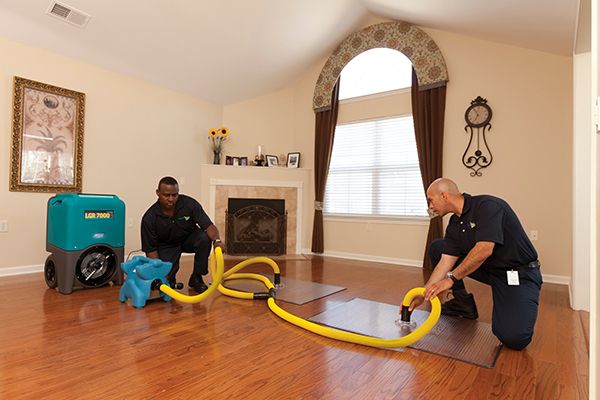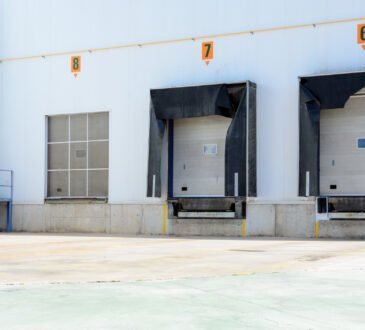
Water damage can be a devastating event for homeowners and businesses alike, particularly in Cary, North Carolina, where heavy rains and humidity can lead to unexpected flooding. This comprehensive guide will provide insights into the causes of water damage, the restoration process, and how to select the best water damage restoration services in Cary.
Understanding Water Damage
Water damage occurs when excess water negatively impacts the structural integrity or health of a building. This can happen due to a variety of reasons:
Common Causes
- Leaking or Burst Pipes: Over time, pipes can corrode, freeze, or burst due to pressure changes or poor installation, leading to significant water leaks.
- Appliance Failures: Dishwashers, washing machines, and refrigerators can malfunction, causing leaks that may go unnoticed until significant damage has occurred.
- Weather-Related Incidents: Heavy rainstorms, snowmelt, and flooding can lead to water entering homes and businesses, particularly if drainage systems are not properly maintained.
- Roof Leaks: A compromised roof due to wear and tear can allow rainwater to infiltrate the home, affecting ceilings and walls.
- Poor Drainage Systems: If a property’s drainage is inadequate, it can result in water pooling around the foundation, increasing the risk of seepage into the basement or crawl space.
- Humidity and Condensation: In humid climates like Cary, excessive moisture can accumulate indoors, especially in areas with poor ventilation, leading to mold growth and damage over time.
Recognizing these causes is essential for homeowners to take preventive measures and respond quickly to water damage.
The Consequences of Untreated Water Damage
Ignoring water damage can lead to serious repercussions:
- Mold Growth: Mold thrives in damp conditions and can begin to develop within 24-48 hours after water damage occurs. Mold spores can pose serious health risks, including respiratory issues and allergies.
- Structural Damage: Excess water can weaken a building’s structure, leading to issues such as sagging ceilings, warped walls, and compromised flooring.
- Foundation Issues: Prolonged exposure to water can damage the foundation of a building, potentially leading to costly repairs and instability.
- Health Risks: Stagnant water can attract pests and contain harmful bacteria or viruses, posing health threats to residents.
- Increased Repair Costs: The longer water damage is left untreated, the more extensive the damage will become, leading to higher repair expenses.

The Water Damage Restoration Process
Addressing water damage requires a systematic approach to ensure effective restoration. The process typically involves the following steps:
1. Inspection and Assessment
The first step in the restoration process is to inspect and assess the extent of the damage. Professionals will identify the source of the water intrusion, evaluate the affected areas, and determine the best course of action. This step is critical for developing a tailored restoration plan.
2. Water Extraction
Once the assessment is complete, the next step is to remove the excess water. This is done using specialized equipment, including industrial pumps and vacuums, to effectively eliminate standing water. Prompt extraction is essential to prevent further damage and reduce the risk of mold growth.
3. Drying and Dehumidification
After water removal, the affected areas must be thoroughly dried. This involves using commercial-grade dehumidifiers and air movers to eliminate moisture from both the air and materials. Proper drying is crucial to prevent mold and ensure that all affected spaces are restored.
4. Cleaning and Sanitizing
Following drying, the restoration team will clean and sanitize the affected areas to remove any contaminants. This may involve using specialized cleaning products to eliminate bacteria and mold spores.
5. Repair and Restoration
The final step in the process involves repairing and restoring damaged materials. This could include replacing drywall, flooring, or insulation, and ensuring the property is returned to its original condition.
Choosing Water Damage Restoration Services in Cary
Selecting the right restoration service is vital for effective recovery from water damage. Here are some essential factors to consider:
1. Credentials and Insurance
It is important to choose a restoration company that is licensed and insured. This ensures that the professionals you hire are qualified and protected against liabilities during the restoration process.
2. 24/7 Availability
Water damage can happen at any time, so it’s crucial to select a service that offers 24/7 emergency response. Quick action can prevent further damage and minimize costs.
3. Reputation and Reviews
Research customer reviews and testimonials to gauge the reliability of the restoration service. Positive feedback from previous clients can indicate quality of service and customer satisfaction.
4. Experience and Expertise
Choose a company with a proven track record in handling various types of water damage situations. Experienced professionals will be equipped to address your specific needs effectively.
5. Clear Estimates
A reputable restoration service should provide a clear estimate of the costs involved in the restoration process. Transparency in pricing helps you understand what to expect and avoids unexpected expenses.
Preventing Future Water Damage
While understanding how to respond to water damage is essential, taking proactive measures can help prevent it from occurring in the first place. Here are some tips:
- Regular Maintenance: Inspect plumbing and appliances regularly for signs of wear and tear. Early detection can help prevent leaks.
- Gutter Cleaning: Ensure gutters are free from debris and functioning properly to direct water away from the foundation.
- Proper Ventilation: Maintain good airflow in moisture-prone areas like kitchens and bathrooms. Use exhaust fans to help control humidity levels.
- Seal Cracks: Inspect the foundation and exterior walls for cracks and seal them to prevent water from entering.
- Know Your Shut-off Valve: Familiarize yourself with the location of your home’s main water shut-off valve. This knowledge can help you react quickly in case of a plumbing emergency.
Conclusion
Understanding water damage and its potential consequences is essential for homeowners in Cary. When faced with water damage, engaging professional water damage restoration services in Cary is crucial to effectively mitigate the effects and protect your property. By following the outlined restoration process and choosing the right service provider, you can effectively manage water damage and safeguard your living environment.
Taking proactive measures to prevent water damage can save you time, stress, and financial burden. By remaining vigilant and addressing issues promptly, you can maintain a safe and healthy home for yourself and your family.




